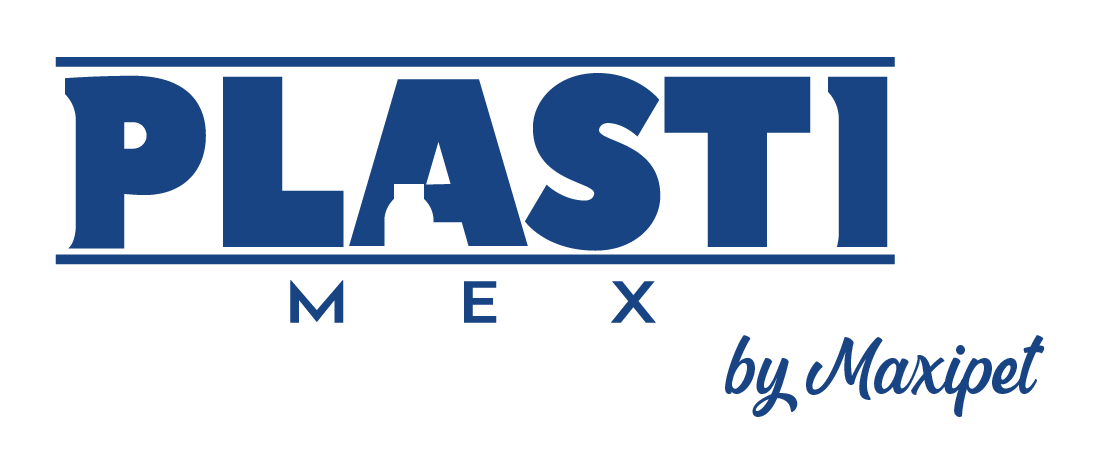In the plastic molding industry, the term "pellets" refers to small solid tablets made from various materials. At Maxipet, the pellets we use to produce our bottles, drums, and other containers are made from plastic resin, primarily polyethylene terephthalate (PET), polypropylene (PP), and high-density polyethylene (HDPE). It's important to highlight that the use of pellets is vital in various production lines, as the plastics sector plays a crucial role in the global economy. Let's delve into everything you need to know about plastic pellets.
Plastic pellets, as mentioned earlier, are small granules utilized in blown film machines, injection machines, plastic molding machines, and other equipment involved in the production of bottles, containers, and more. These tiny 5mm pieces are of utmost importance in the manufacturing process of diverse plastic products.
There are three types of plastic pellets: cylindrical filament-type pellets, water ring pellets (which are rounded but flat, resembling aspirin), and underwater pellets, which are more spherical and possess a higher density.
Plastic Pelletization Process
The production of plastic pellets involves a four-step process:
1. Dosage: Raw materials are supplied.
2. Mixing: Steam and necessary additives are added.
3. Pelletization: Pressure is applied to form a preform, which is then cut into portions to shape the pellets.
4. Drying: The final step involves eliminating the water content from the product.
PET Containers Made with Pellets
The third step is particularly significant as the shape and size of the pellets determine the quality of the resin used for manufacturing containers. To obtain high-quality pellets, various factors need to be considered, such as manufacturing speed and the temperature of the water used for cooling.
Certain important factors include the size of the pellets, as very small pellets can lead to aesthetic flaws in the bottles, while overly large pellets can cause issues like variations in viscosity, crystallization time, and cracking, particularly in carbonated beverage containers. Additionally, pellets that contain trapped air can result in a poor finish for the final product. Hence, obtaining pellets in excellent condition is essential.
Delivering Packaging of Superior Quality
While the pelletization process is complex, we strive to explain it in a simple, concrete, and engaging manner for those involved in the plastics industry. Knowing the processes and materials used is crucial to ensuring excellent packaging. At Maxipet, we are committed to offering high-quality products that meet the needs of our customers.











